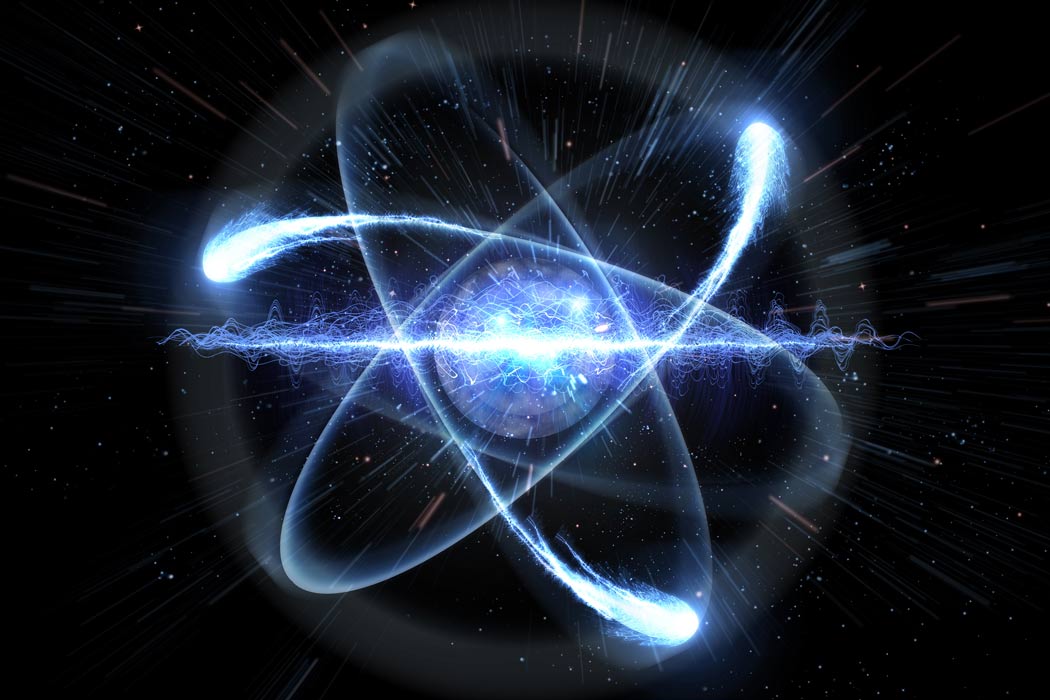
The unification of the electric and magnetic force into a single electromagnetic force (an achievement of James Clerk Maxwell) stands as one of the greatest intellectual achievements of the nineteenth century. The magnetic force depends in a more complicated way on the charges and their motions. In contrast to the strong force, the electromagnetic force can be attractive or repulsive (opposite charges attract and like charges repel). Particles that interact through this force are said to have “charge.” In the classical theory of static electricity (Coulomb’s law), the electric force varies as the product of the charges of the interacting particles, and as the inverse square of the distances between them. The electromagnetic force can act over very large distances (it has an infinite range) but is only 1/100 the strength of the strong nuclear force. As the name suggests, this force is much stronger than the other forces. Not all particles participate in the strong nuclear force for instance, electrons and neutrinos are not affected by it. The strong nuclear force is responsible for binding protons and neutrons together in atomic nuclei. The strong nuclear force is a very strong attractive force that acts only over very short distances (about ). In order of decreasing strength, these forces are the strong nuclear force, the electromagnetic force, the weak nuclear force, and the gravitational force. Particle interactions are expressed in terms of four fundamental force s. At the same time, they engage the most profound mysteries in nature: How did the universe begin? What explains the pattern of masses in the universe? Why is there more matter than antimatter in the universe? Why are energy and momentum conserved? How will the universe evolve?Īn important step to answering these questions is to understand particles and their interactions. They are interested in physical processes that occur at scales even smaller than atomic nuclei. A particle physicist is not content to study the microscopic world of cells, molecules, atoms, or even atomic nuclei. Those who study elementary particle physics-the particle physicists-differ from other physicists in the scale of the systems that they study.

Identify and describe fermions and bosons.

Describe the four fundamental forces and what particles participate in them.By the end of this section, you will be able to:


 0 kommentar(er)
0 kommentar(er)
